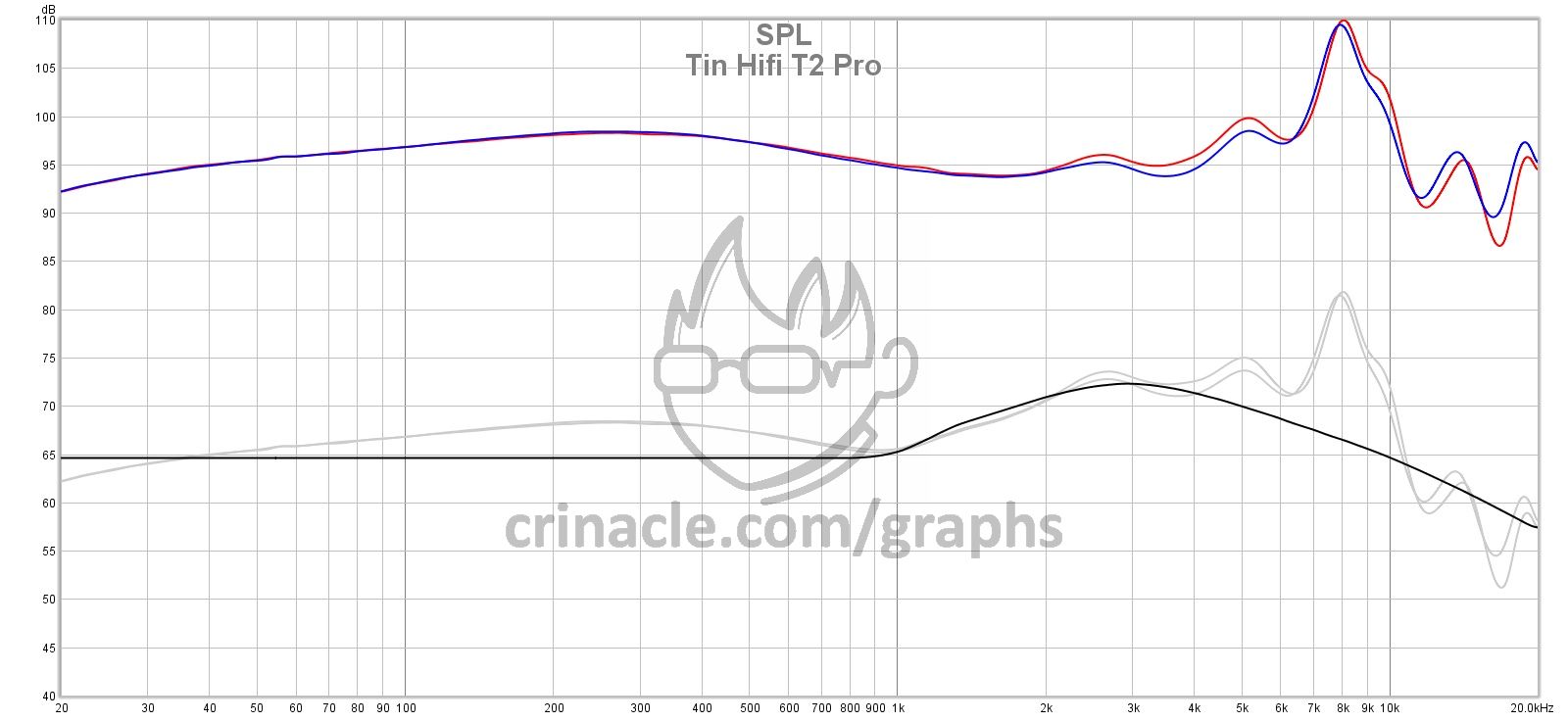Wow! That is one massive boost! I reckon most would/should have a problem with it, but well...
Okay, so let me try explaining quickly. It's called
sibilance and it can lie anywhere between 7-10kHz depending on the vocalist and how pronounced his/her Ss and Ts are or were captured by the microphone. There are recording tricks we audio engineers use to avoid/reduce it while recording vocals, like using a vocal pop filter in front of the microphone or a pencil rubber-banded to the grill at the centre of the microphone's diaphragm. It can then be further controlled/reduced while mixing with the help of a dynamic processor called DeEsser. Without getting too technical, the DeEsser basically allows us to scan the dominant frequency causing sibilance and then program it to automatically reduce it by a few dB whenever it hears it. Yet, sometimes the final song master still has sibilance present in vocals, which either the mixing/mastering engineer missed (seldom happens with experienced pros) or was difficult to get rid off completely without comprising the vocal tonality/character in the recording.
Now in case of IEM tuning, a normal boost in this 7-10kHz with decent gain is well, normal, and portrays mixes naturally but a significant boost in this range can amplify sibilance if vocals in the song already have it or are borderline there. A big enough boost can even introduce sibilance in well treated vocals. It also adds sharp transient attack to instruments, especially hi-hats and cymbals, which can be painful to listen to for a lot of people. A big one makes me dizzy and gives me a headache. With that said, a brighter tuning or significant boosts in treble do help in perception of better micro-details but at the cost of it coming off as peaky or overly bright. But in my opinion, good micro-detail retrieval capability in IEMs/Headphones should be appreciated when it is done tastefully with the help of good tuning and technical performance, without overly boosting of treble.
Now our ears are very capable in adaptability and some people are able to get used to this boost over time and start liking it, but a 10-15dB boost above neutral is quite significant and should be problematic. Age based hearing loss and partial hearing loss in case of younger people can also be contributing factors to this being perceived as normal. In case of latter and if you're concerned, I highly recommend getting a quick audiometry test just to be safe and rule it out.





























